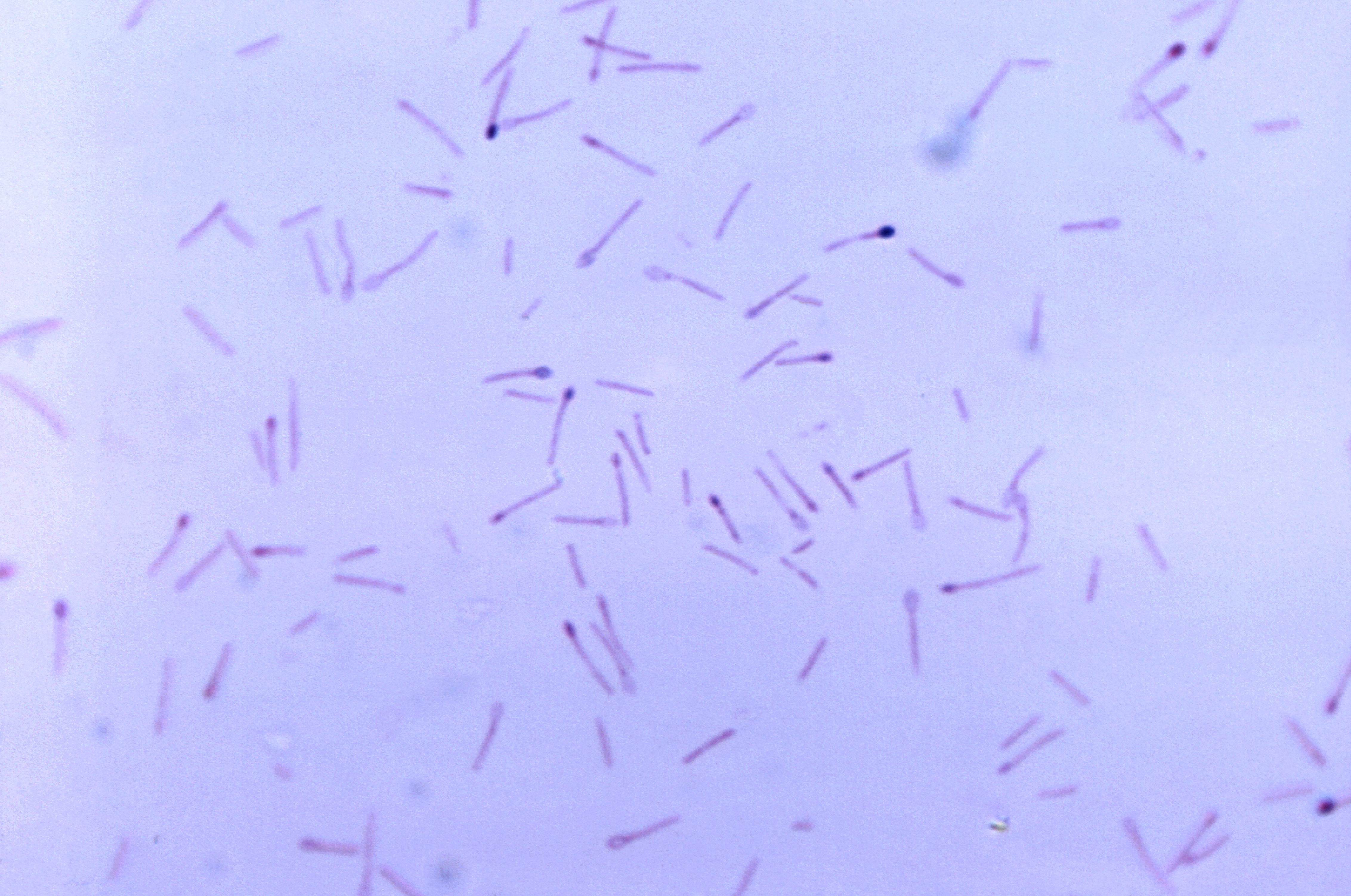

sporogenes to avoid the use of ions as electron acceptors (9). The bacterium obtains energy through the fermentation of amino acids, also known as Stickland fermentation (3) In the Stickland reaction an electron donor amino acid is oxidized into a carboxylic acid one carbon shorter than the original amino acid, while an electron acceptor amino acid is reduced into a carboxylic acid the same length as the previous amino acid (17). sporogenes are obligate anaerobes, so they can neither utilize nor survive in the presence of oxygen. sporogenes does not produce botulinum neurotoxins.Ĭ. sporogenes produce endospores as a mechanism to survive unfavorable environmental conditions, thus making the bacterium difficult to kill (7). Like other members of the Clostridium genus, C. If the stimuli is sensed as beneficial, the flagella orient cellular movement towards the stimuli (and visa versa). Cell membranes containing stimuli receptors detect stimuli causing activation of the flagella. Motility plays an important role in the bacterium’s reaction to stimuli. sporogenes exhibit motility using flagella (3). Other components anchored in the cell wall, such as teichoic acid and proteins, protrude out of the peptidoglycan layer, giving the cell surface a rigid look. The cell wall consists of a thick layer of peptidoglycan, a polymer of amino acids and sugar (21). Adapted from Figure 3 of Pohlein et al (2015).Ĭlostridium sporogenes are rod-shaped bacteria, typically linked in long chains, that are Gram-positive. A: dividing cell, B and C: sporulating cells, D: bacterial spore.

sporogenes life cycle under electron microscopy imaging. botulinum is furthered by the 2,016 orthologous genes shared between the two.Ĭ. 16S rDNA sequence analysis shows a 99.7% sequence similarity between Clostridium sporogenes and Clostridium botulinum strain A. A plasmid of 16,344 base pairs is also found within the genome (6). Selenocysteine has a lower reduction potential than cysteine, therefore, it is preferred over cysteine in proteins involved in antioxidant activity (19).Ĭlostridium botulinum strain A consists of a circular chromosome 3.9 Mega-base pairs in length with an overall GC content of 28.2%. Six different genes that encode selenocysteine-containing proteins are located within the genome.

they contain an open reading frame of 300 or more bases within the gene sequence), and 80 genes have been identified to encode RNAs (10 rRNA genes and 70 tRNA genes). A total of 3,832 genes are encoded by the genome 3,744 genes have been identified as protein coding via computational analysis (i.e. sporogenes ever to be isolated, consists of a single circular chromosome 4.1 Mega-base pairs in length with an overall GC content of 27.81% (18). The Clostridium sporogenes DSM 795 genome, the first strain of C. Adapted from Figure 6 from Pohlein et al (2015). The Venn diagrams show genome overlapping between subspecies. Genome comparison between different Clostridium sporogenes and Clostridium botulinum strains. sporogenes spores only release pathogens in tumor-specific vectors, having potential to be beneficial in cancer treatments aiming to reduce damage to non-cancerous cells within the host (20). sporogenes makes it a viable candidate for use in the medical field. sporogenes is classified as a harmless biosafety level I organism by the American Type Culture Collection (13). botulinum, but it lacks the capability to produce the neurotoxin botulinum that causes human disease. sporogenes is phenotypically similar to other members of its genus C. sporogenes can be found in a variety of places including: soil, sediment in both marine and freshwater environments, preserved meat and dairy products, fecal matter, snake venom, and infections in domestic animals and humans (1). Description and significanceĬlostridium sporogenes is a Gram-positive, rod shaped bacteria that exhibits spore production and flagellar motility (1). Domain Bacteria Phylum Firmicutes Class Clostridia Order Clostridiales Family Clostridaceae Genus Clostridium 2.


 0 kommentar(er)
0 kommentar(er)
